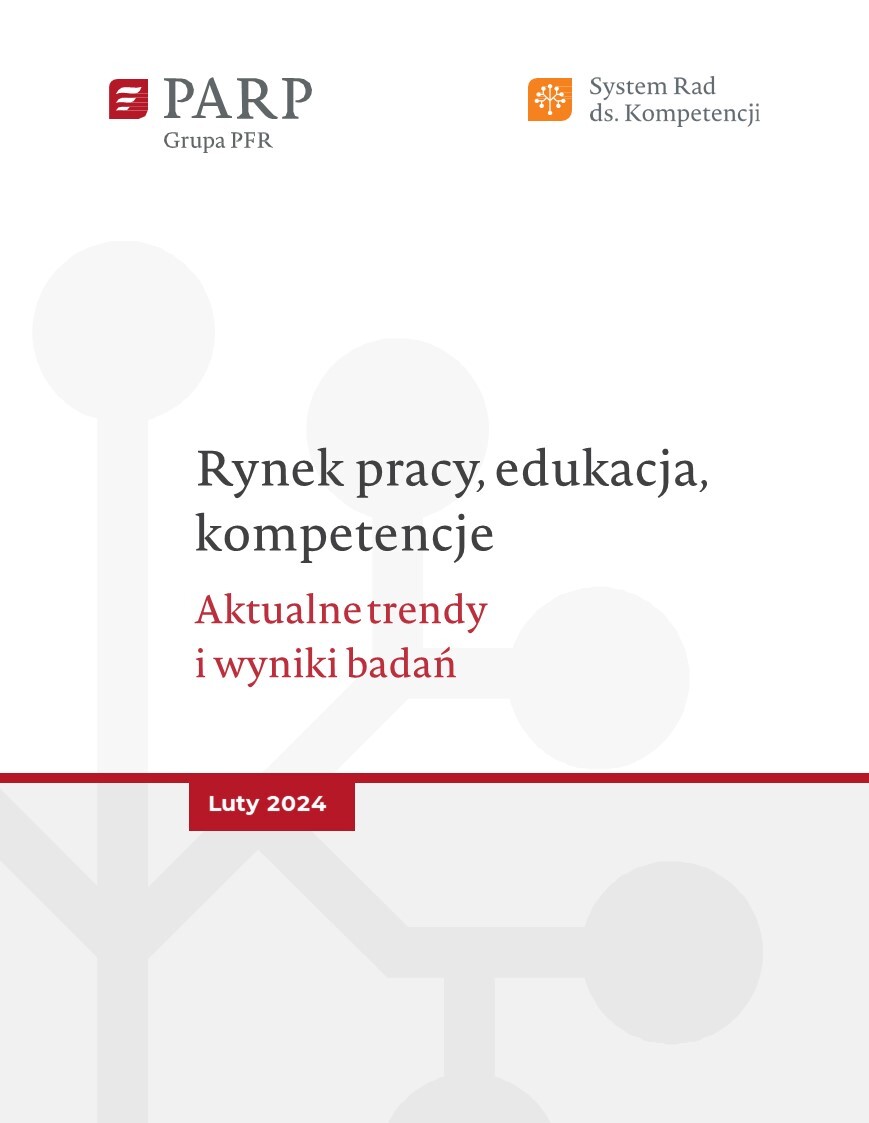Udzielamy informacji o programach pomocowych realizowanych przez PARP.
The Use of Econometric Modelling in Evaluating the Impact of Public Policies and Programmes
We are pleased to present you a publication, which deals with the notion of using advanced evaluation tools in improving the effectiveness of implementing and programming aid activities.
Pobierz wybrany format publikacji:
We are pleased to present you a publication, which deals with the notion of using advanced evaluation tools in improving the effectiveness of implementing and programming aid activities.
This time the new position from the PARP evaluation series focuses on the possibilities offered by the use of econometric modelling, both in macroeconomic impact evaluation concerning economic development programmes, in regulation impact assessment, as well as in various types of strategic analyses of selected policies, in particular those implemented under the Cohesion Policy of the European Union. The main purpose of the publication is to disseminate knowledge on the topic of using econometric modelling in evaluating the impact of public programmes, policies (strategies) and effects of regulation. Evaluation studies have thus far incorporated econometric models mainly for the purpose establishing the quantitative impact of the Cohesion Policy of the European Union (EU) on socioeconomic development. As evidenced herein, the possibilities of contributing to development policy by means of the aforementioned methods go far beyond simple counter-factual analysis of impact on GDP or unemployment rate. Macroeconometric models are presented as effective tools which may support public authorities in shaping and modifying policies and public programmes (for instance by guiding them towards an optimal public investment structure and tailoring interventions to the structure and specificity of a given country, region, or perhaps even a municipality). The publication also draws from the considerable achievements of the Polish Agency for Enterprise Development in the field of evaluating the policy of fostering innovation, the labour market and territorial cohesion, including the use of various econometric models in evaluation.
We hope that the readers find this publication interesting and inspiring.
Spis treści
Foreword - 5
Introduction - 7
I. Econometric Modelling in the Evaluation of Policies and Public Programmes – Actual Usefulness for Central and Local Government Authorities - 13
II. Development of HERMIN Models in Poland in the Context of Evaluation Studies - 35
III. The importance of studying inter-regional spillover effects of European policies: application of the RHOMOLO applicationmodel for Poland - 63
IV. Forecasting regional growth: the MASST model - 85
V. The Use of Macroeconometric Modelling in Innovation Policy Evaluation - 105
VI. Innovation and competitiveness policy in the light of the VESPA 3 model - 125
VII. Application of DSGE models with frictional labour markets to evaluating public policies enhancing territorial cohesion of the EU countries - 157
VIII. A wider role for quantitative modelling in policy design, evaluation and business strategy model - 177
Inne publikacje, które mogą Cię zainteresować











